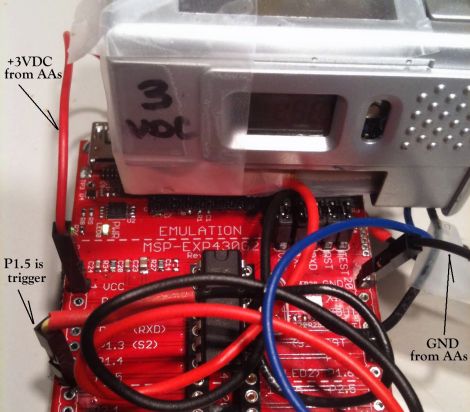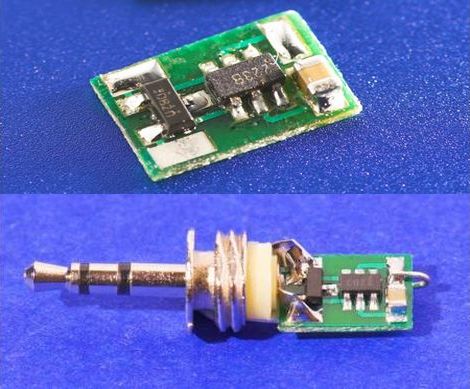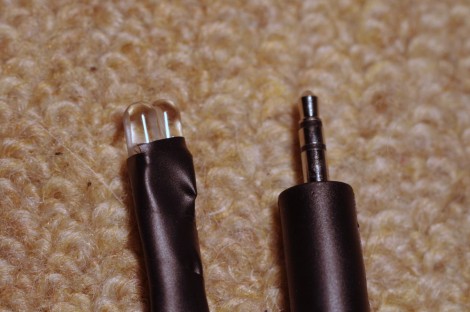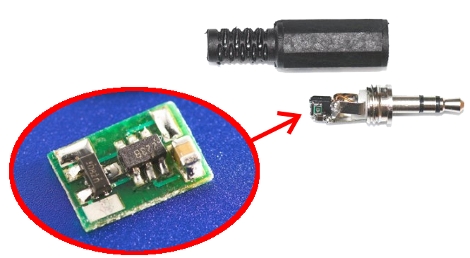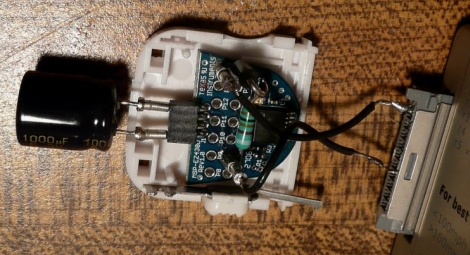
[Peter] loved using his GoPro HD camera, but he found the time lapse functionality a bit lacking. It wasn’t that there were not enough settings to satiate his needs, but that the camera would run through its batteries in just a few short hours.
He found that the camera did not turn off or enter any sort of sleep mode between shots, wasting precious battery life. He could have simply added a bigger external battery pack to the camera, but for the sake of portability, he had a far better idea in mind.
The GoPro has a pretty well documented interface called the “Hero Bus”, so all it took was a little bit of online research before [Peter] had all the information he needed. The camera has a neat feature that immediately snaps a picture when it is powered on, so he decided that he would use a microcontroller to turn the camera on and off at specific intervals, rather than using its built-in time lapse function. He chose a Texas Instruments MSP430 for the job, since it is very well known for being a power miser.
Once he had his code up and running, he connected it to his camera and found that it worked perfectly right off the bat. Now, he can take anywhere between 1,500 and 2,000 shots before the batteries run out, instead of the measly 200 he was getting without the modifications – quite an improvement!


